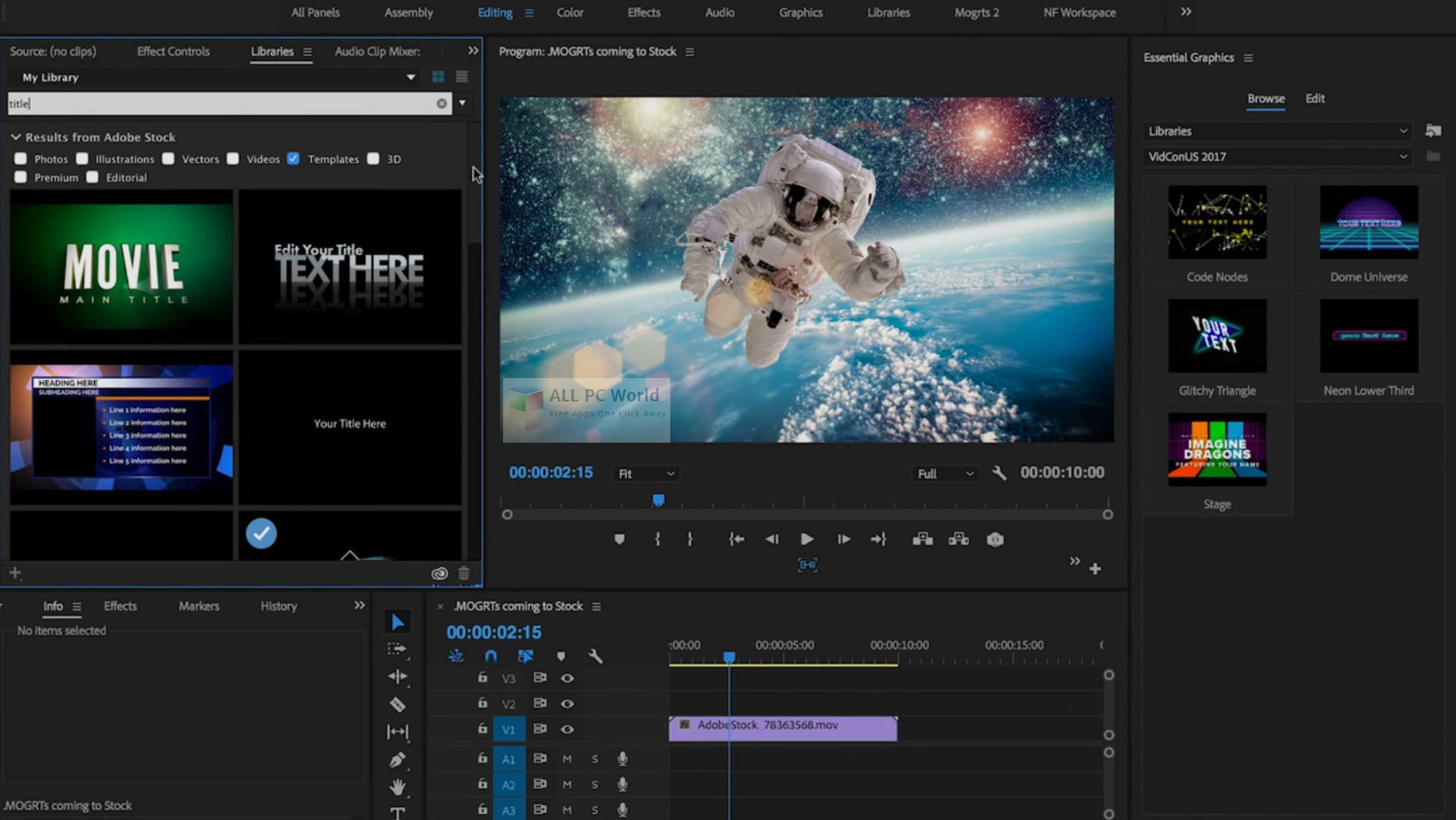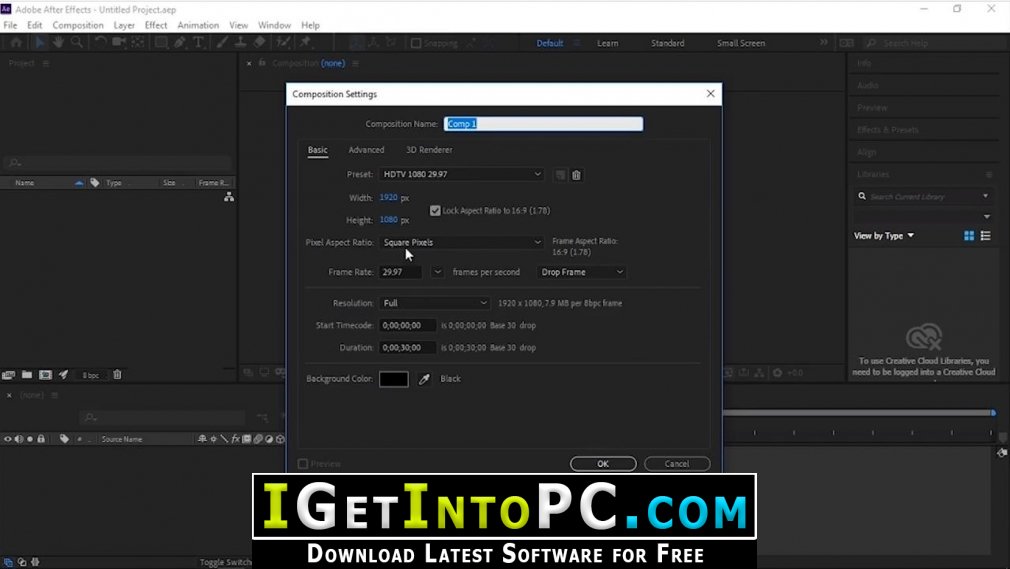


Another factor that comes into play when rendering is the available random-access memory (RAM) on your computer, as the process takes up a lot of memory. However, the graphics card isn’t entirely irrelevant when it comes to rendering times, as there are certain effects within the program that utilize the GPU in the rendering process. Those in the VFX industry are all too familiar with the time-consuming nature of rendering, and may even find themselves asking, “Why does After Effects render so slow?”Īfter Effects’ render engine heavily relies on your computer’s central processing unit (CPU)-more so than it does the graphics card (GPU). For those who may be new to the concept, rendering is the process by which the program prepares your video or animation project for publishing and viewing. Yet for all its advanced capabilities, After Effects does have one significant downside: Long rendering times. One of the greatest advantages of the software is that it allows artists to layer multiple visual and audio clips into the same project, providing a vast array of tools to seamlessly blend different elements to create a truly captivating final product. It enables users to create high-quality animations and motion graphics that can be used in film, TV, or web platforms.

After Effects is a video editing program by Adobe that’s popular with VFX artists, video editors, and post-production professionals the world over.


 0 kommentar(er)
0 kommentar(er)
